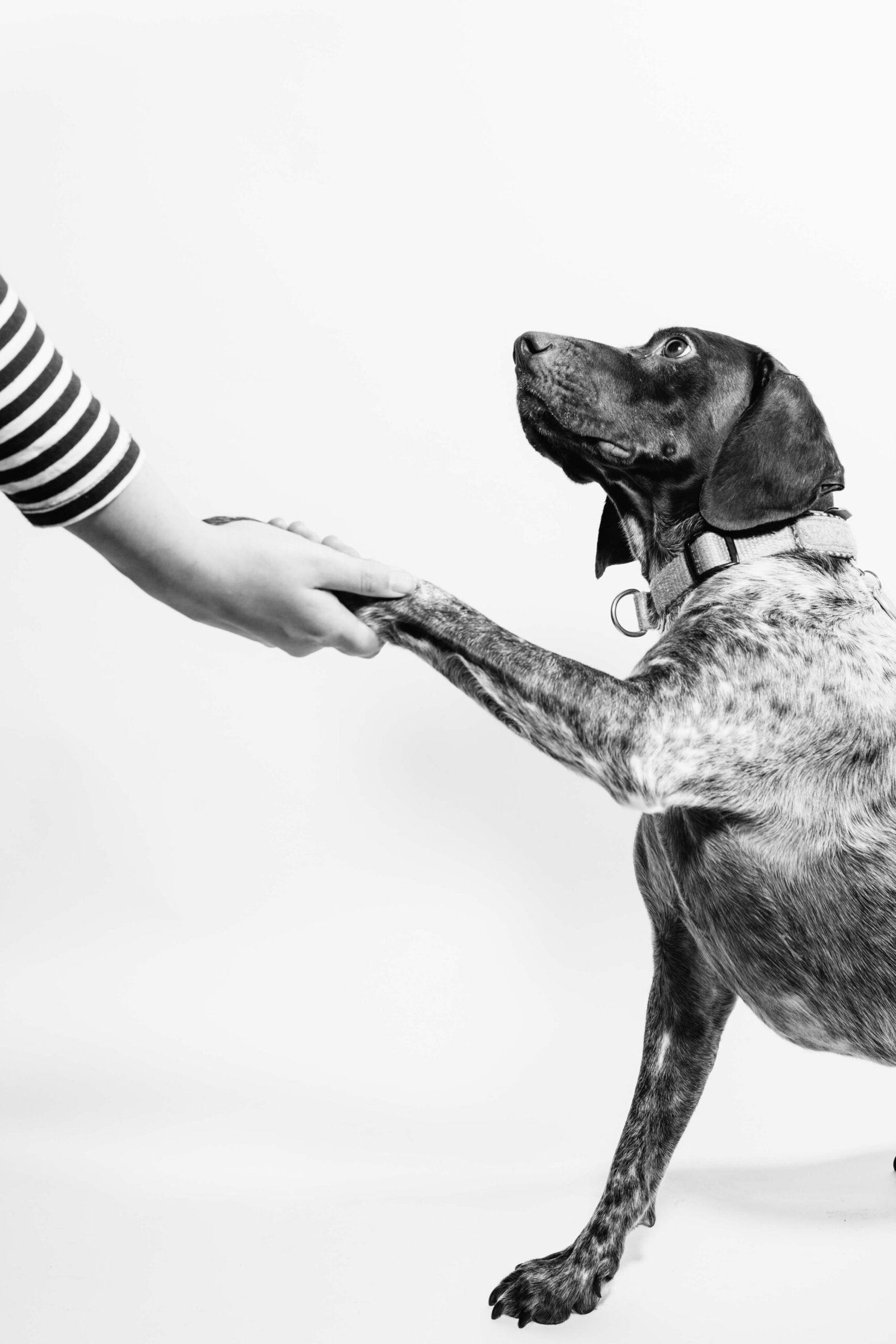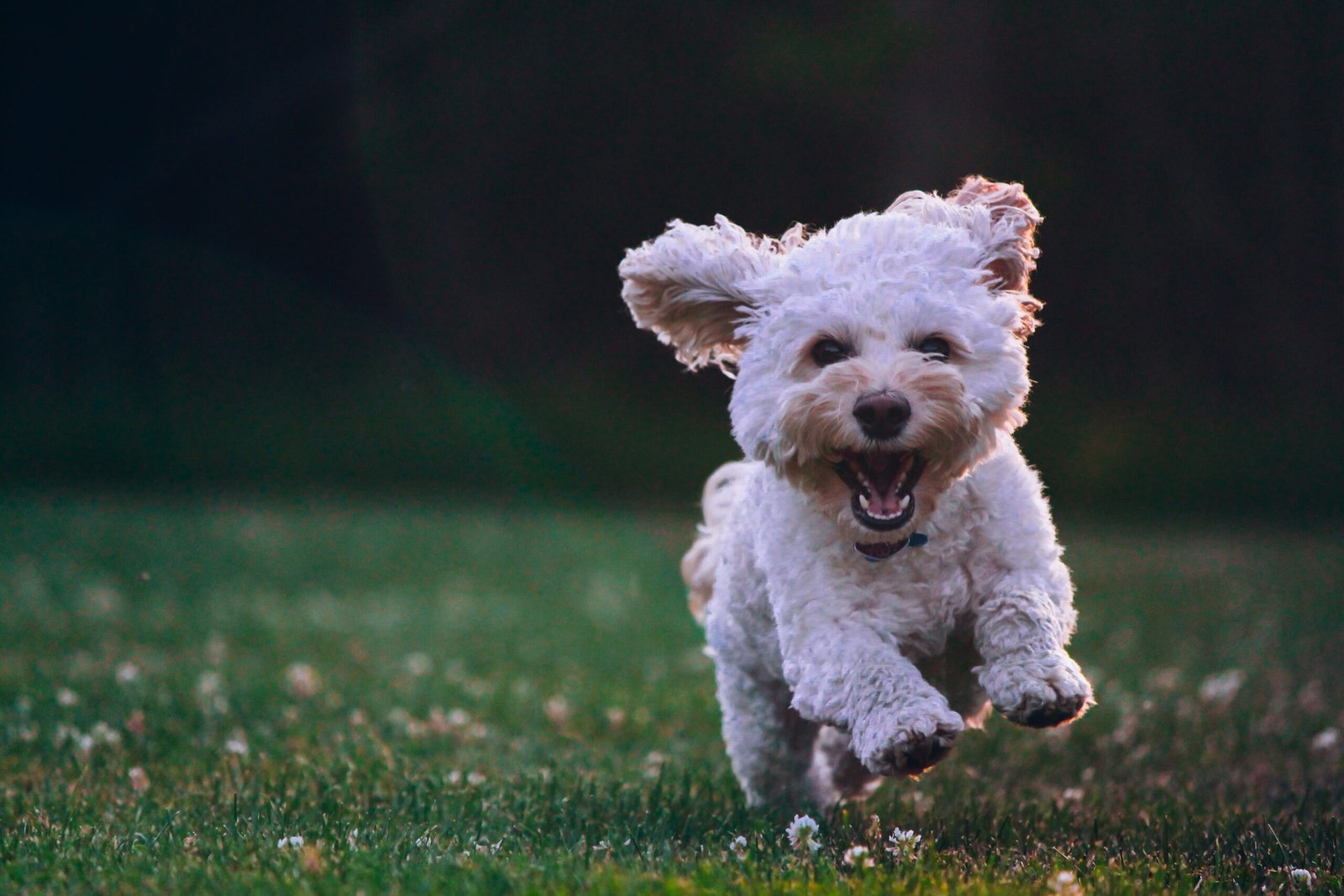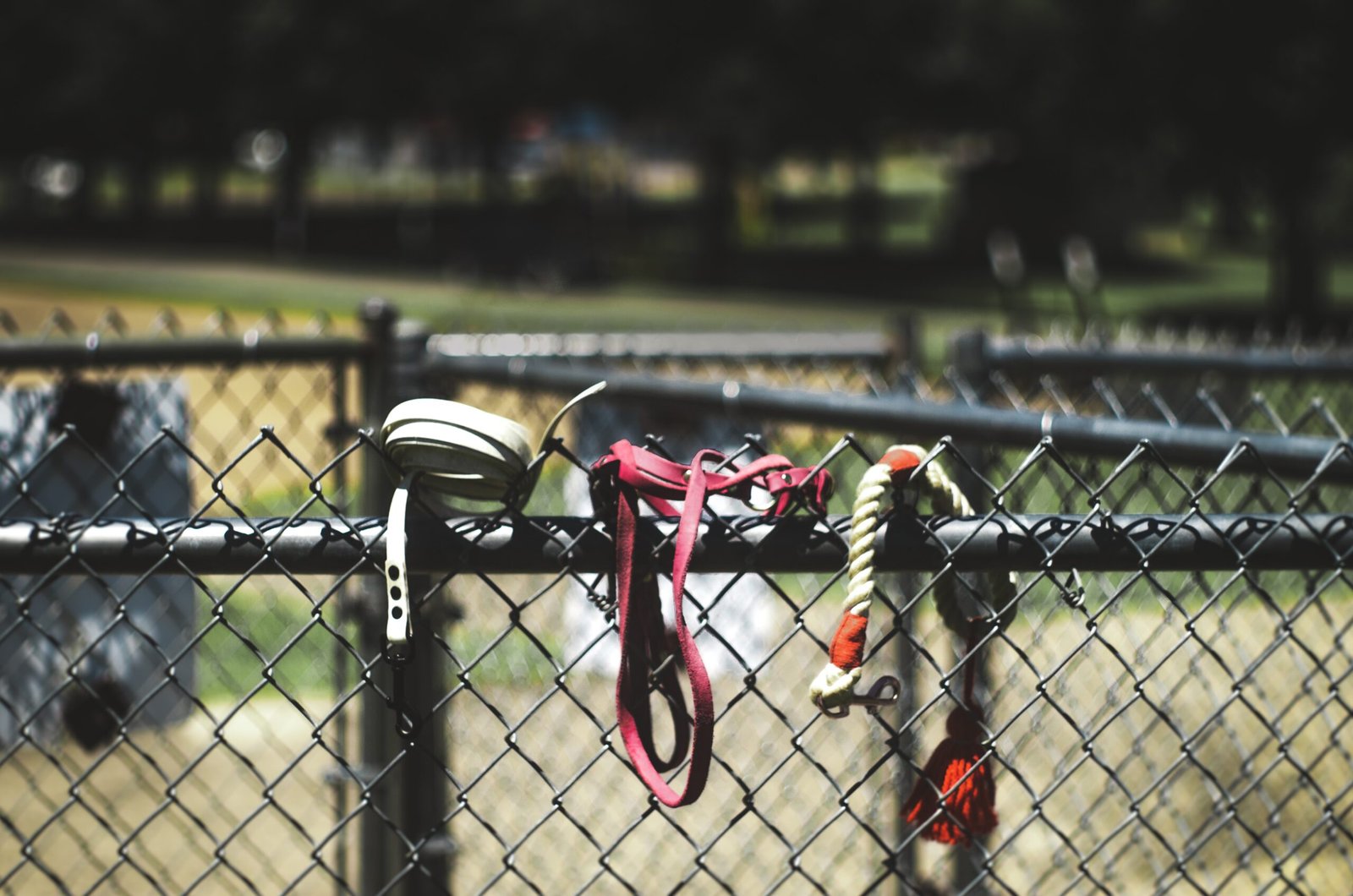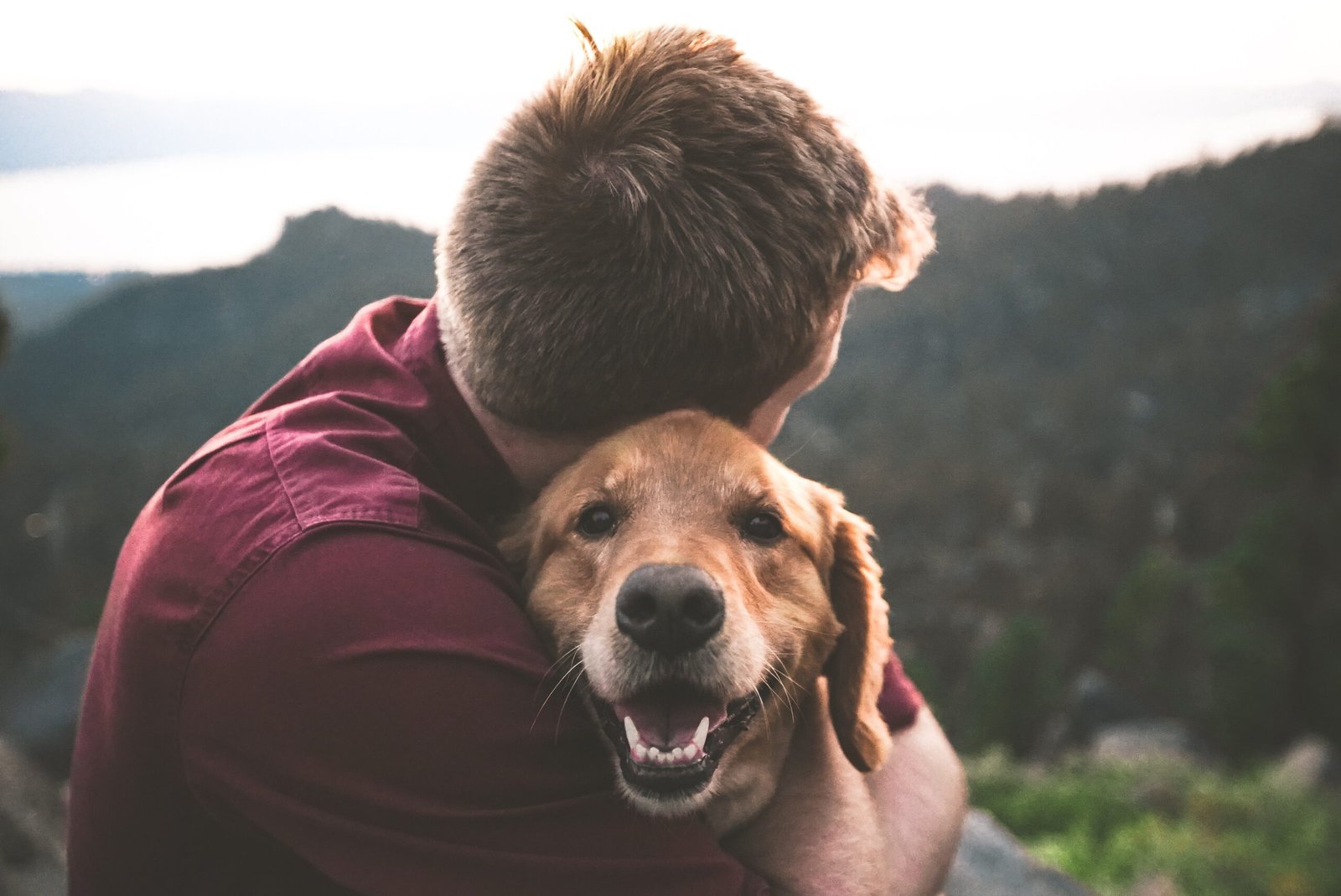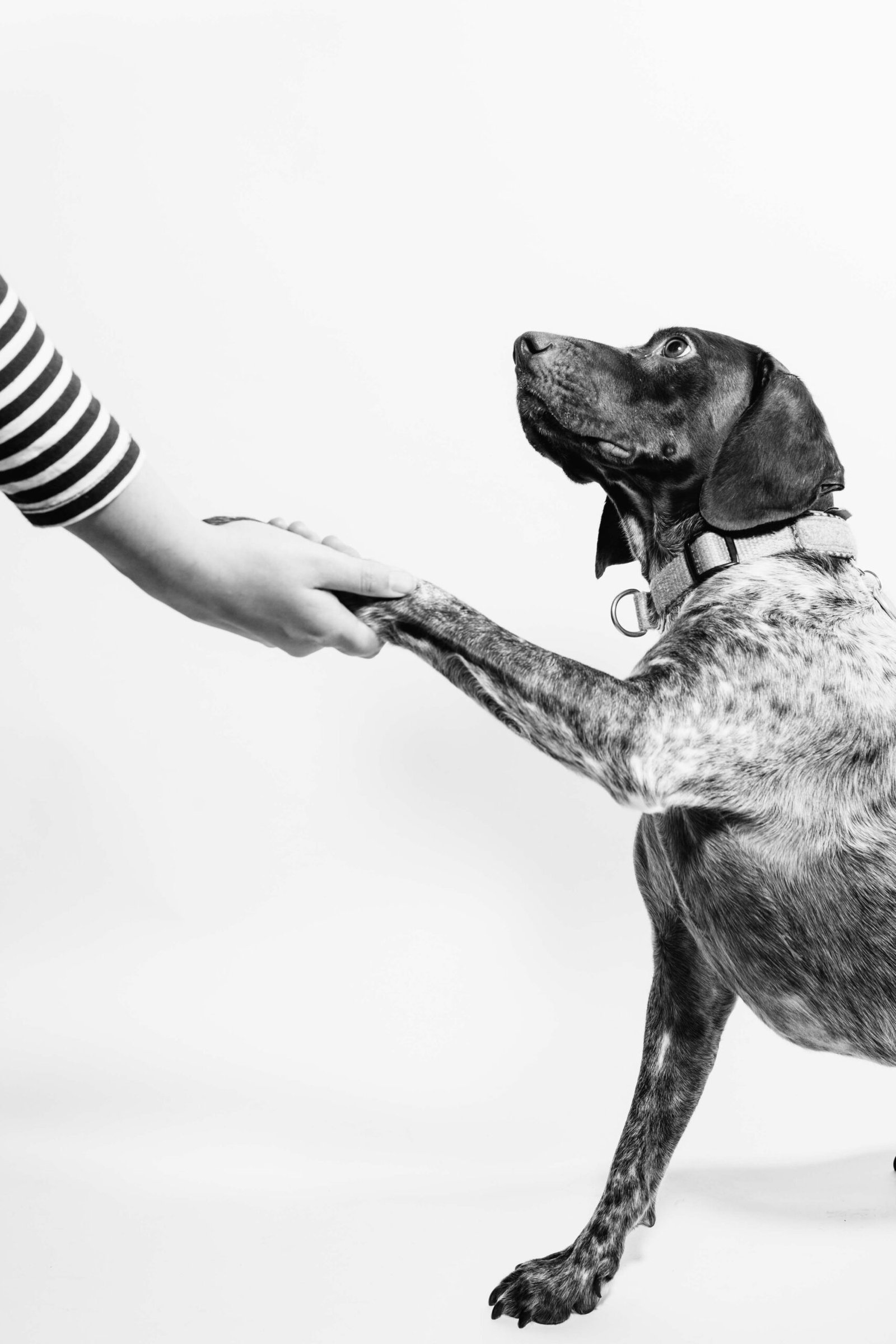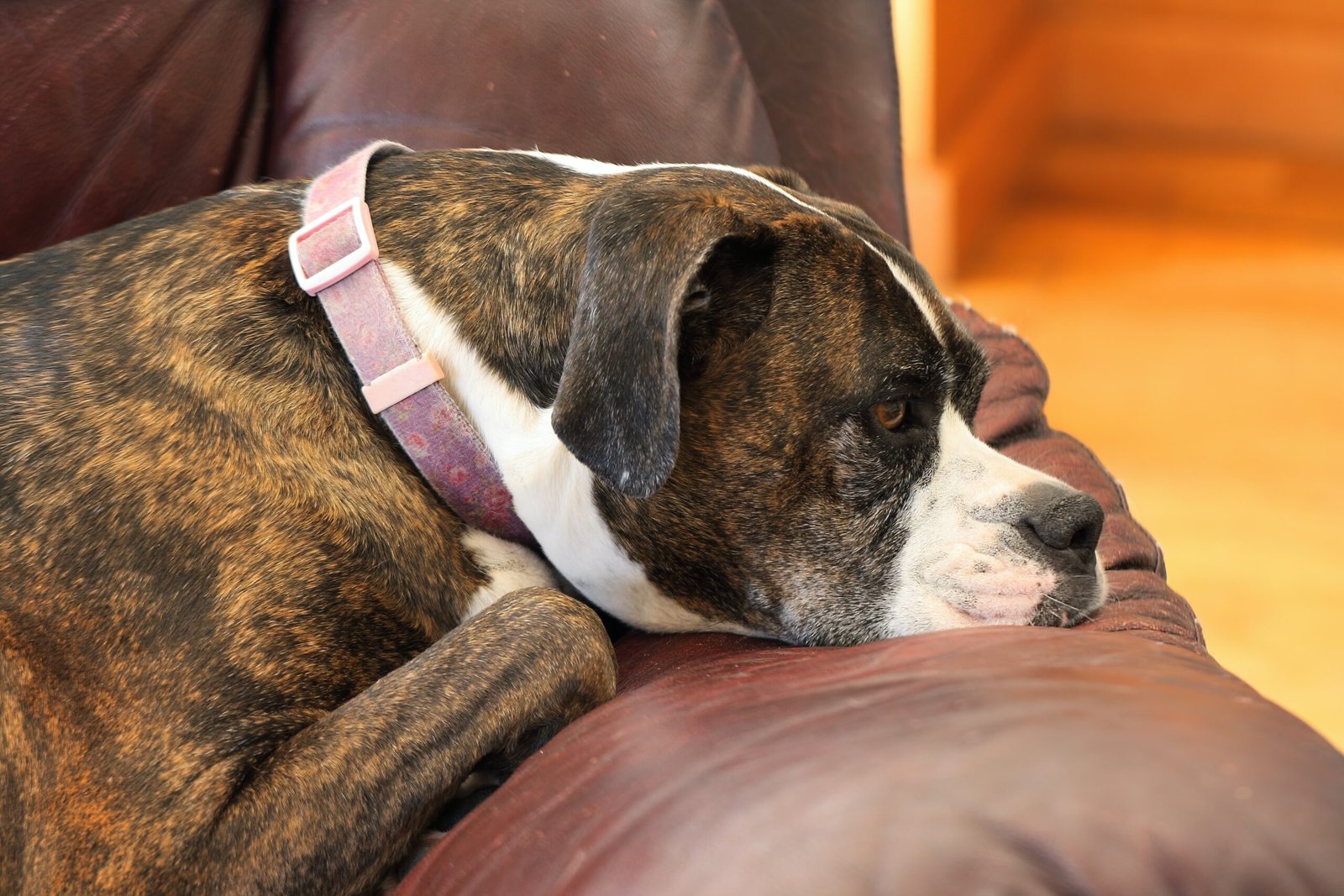How to Stop Separation Anxiety in Dogs: Top 10 Effective Ways
Introduction:
Separation anxiety is a common issue that many dog owners face. It can be distressing for both the dog and the owner, causing excessive barking, destructive behavior, and even self-harm. But fear not, there are effective ways to address and alleviate separation anxiety in dogs. In this article, we will explore the top 10 methods to help your furry friend overcome this challenge.
1. Understand the Root Cause:
To effectively address separation anxiety, it’s important to understand its underlying causes. Dogs may experience anxiety when they feel abandoned or fear being left alone. Identifying the specific triggers can help tailor a suitable solution for your dog’s needs.
2. Gradual Departures and Arrivals:
One effective technique is to desensitize your dog to your departures and arrivals. Start by making these events less significant. Avoid lavish goodbyes or prolonged greetings. Instead, calmly leave or enter the house without making a fuss. This will help your dog understand that these moments are not a cause for anxiety.
3. Create a Safe Space:
Designate a specific area in your home where your dog feels safe and secure. This can be a crate, a comfortable bed, or a quiet corner. Ensure the space is cozy, with familiar toys and blankets, to provide a sense of security when you’re away.
4. Engage in Regular Exercise:
Physical activity is crucial for dogs, as it helps release pent-up energy and reduces anxiety. Prioritize daily exercise routines, such as walks, runs, or playtime in the park. A tired dog is less likely to experience separation anxiety.
5. Introduce Interactive Toys and Puzzles:
Keep your dog mentally stimulated and occupied while you’re away by providing interactive toys and puzzles. These toys can help distract your dog from their anxiety and provide a source of entertainment.
6. Practice Short Absences:
Gradually increase the time you spend away from your dog. Start with short absences, such as leaving the room for a few minutes, and gradually extend the duration. This helps your dog build confidence and trust that you will return.
7. Consider Doggy Daycare or a Pet Sitter:
If your dog’s separation anxiety is severe, consider enrolling them in a reputable doggy daycare or hiring a pet sitter. These options provide companionship and reduce the time your dog spends alone, alleviating their anxiety.
8. Seek Professional Help:
If your dog’s separation anxiety persists despite your efforts, it may be beneficial to consult a professional dog trainer or animal behaviorist. They can provide expert guidance and develop a tailored plan to address your dog’s specific needs.
9. Avoid Punishment:
It’s crucial to avoid punishing your dog for their anxiety-related behaviors. Punishment can worsen their anxiety and create a negative association with your departures. Instead, focus on positive reinforcement and reward-based training.
10. Establish a Routine:
Dogs thrive on routine and predictability. Establishing a consistent daily schedule can help reduce anxiety by providing a sense of stability and structure. Stick to regular feeding times, exercise routines, and sleep schedules.
FAQ:
Q: Can separation anxiety be cured?
A: While separation anxiety may not be completely cured, it can be effectively managed through training and behavioral interventions.
Q: How long does it take to see improvements?
A: The time it takes to see improvements varies for each dog. Some may respond quickly, while others may require more time and patience. Consistency and positive reinforcement are key.
Q: Are there any medications for separation anxiety?
A: In severe cases, veterinarians may prescribe anti-anxiety medications to help manage separation anxiety. However, medication should always be used in conjunction with behavioral training.
Q: Can getting another dog help with separation anxiety?
A: In some cases, introducing another dog as a companion can help alleviate separation anxiety. However, it’s essential to consider each dog’s individual needs and consult with a professional before making this decision.
Tips:
– Gradually increase the duration of your departures to help your dog build confidence.
– Use calming pheromone sprays or diffusers to create a soothing environment.
– Consider using a white noise machine or leaving the TV on to provide background noise and reduce feelings of isolation.
Conclusion:
Separation anxiety in dogs can be challenging, but with patience, understanding, and the right techniques, it can be managed effectively. By implementing the top 10 methods mentioned in this article, you can help your furry friend feel more secure and at ease when you’re away. Remember, consistency and positive reinforcement are key to overcoming separation anxiety and fostering a happy, well-adjusted dog.
Call to Action:
Share these valuable tips with fellow dog owners who may be struggling with separation anxiety in their pets. Together, we can make a difference in the lives of our furry companions.

